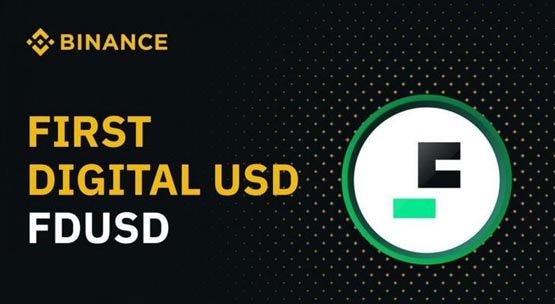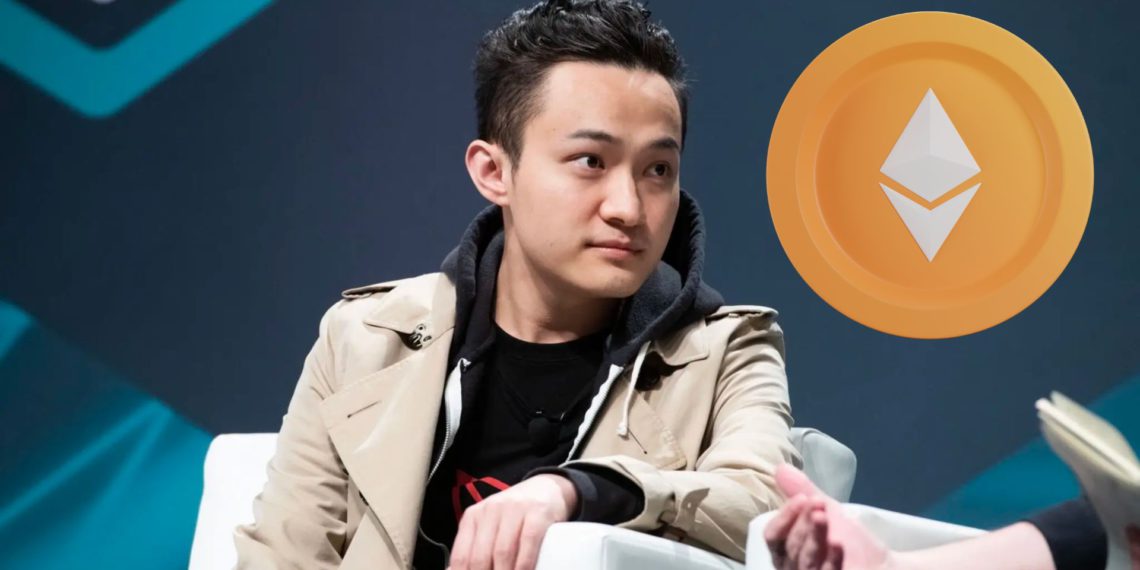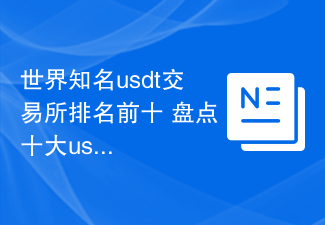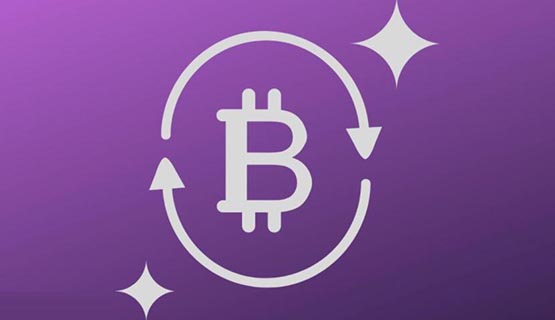Binance Smart Chain (BSC) is an alternative to the Binance mainnet at the base layer, with the ability to create and deploy smart contracts. The blockchain will run in parallel with the original Binance Chain, while being compatible with the Ethereum Virtual Machine (EVM). The leading cryptocurrency exchange seems to be starting to fully engage in the world of cryptocurrencies and expand from a mere trading exchange to the entire ecosystem with Binance Smart Chain.

How does Binance Smart Chain work?
Consensus
Cross-chain compatibility
Ethereum Compatibility
BSC Yield Farm
The above is the detailed content of What is Binance Smart Chain. For more information, please follow other related articles on the PHP Chinese website!
 比特币创世钱包成功添加了26.9枚BTC,中本聪是否复苏?Jan 19, 2024 pm 04:27 PM
比特币创世钱包成功添加了26.9枚BTC,中本聪是否复苏?Jan 19, 2024 pm 04:27 PM比特币之父中本聪(SatoshiNakamoto)消失多年后终于出现新线索。根据Blockchain.com链上数据,最新的数据显示,今天凌晨,有一个以bc1q9开头的地址从币安购买了27枚比特币。根据当前的比特币价格(43,506.45美元),这笔交易价值约为117.4万美元。这些比特币随后被发送到中本聪的钱包地址:"1A1zP1eP5QGefi2DMPTfTL5SLmv7DivfNa"。这一发现引起了人们对中本聪真实身份的猜测与关注。该地址是被标记为"Satoshi1",是中本聪在2009年
 世界十大USDT交易所哪个正规?盘点10大靠谱USDT购买平台Jan 31, 2024 am 08:21 AM
世界十大USDT交易所哪个正规?盘点10大靠谱USDT购买平台Jan 31, 2024 am 08:21 AMUSDT作为一种备受关注的稳定货币,随着区块链技术的发展和加密货币市场的普及,逐渐占据了市场份额。但是在众多的usdt购买平台中,我们如何才能找到真正可靠、正规的交易所呢?以下是全球十大可靠usdt购买平台的盘点。盘点10大靠谱USDT购买平台1.OKx欧易OKEx是一家领先的数字资产交易平台,也是购买USDT的可靠选择。它提供了全面的交易功能和多样化的交易选择,并采取了多种安全措施来保护用户的资金和交易安全。通过OKEx购买USDT,用户可以享受高效、安全的交易体验。欧易OKX是全球领先的数字
 BUSD市值下降至10亿美元以下!Binance-Peg抵押资产已转换为FDUSDJan 24, 2024 pm 02:33 PM
BUSD市值下降至10亿美元以下!Binance-Peg抵押资产已转换为FDUSDJan 24, 2024 pm 02:33 PMPaxos,thestablecoinissuer,previouslycollaboratedwithBinancetolaunchBUSD.However,inFebruarylastyear,PaxosfacedaregulatorycrackdownbyUSauthoritiesandwasorderedtohaltfurtherminting.Asaresult,Binanceactivelysoughtanalternativestablecoinbrandandeventually
 孙宇晨从币安撤资6000万美元,ETH占比最高,其次为AAVE、SHIB等Jan 24, 2024 pm 01:39 PM
孙宇晨从币安撤资6000万美元,ETH占比最高,其次为AAVE、SHIB等Jan 24, 2024 pm 01:39 PM最近,与波场创始人孙宇晨的加密货币生态系统相关的问题出现了一些骚动。首先,市值排名第五的稳定币TUSD在16日宣布与波场脱钩。然后,火币交易所在19日晚上8点发生了大规模故障。提领6,000万美元等值代币根据Lookonchain数据,从2023年12月18日开始,孙哥开始将资产从币安交易所撤出,并在链上大量囤币,总计提取价值达到6,000万美元等值的加密货币资产。这些资产包括多种加密货币,其中占比最高的是17,433枚ETH,价值高达4,300万美元。除此之外,在这一个月中,他还提取了68,9
 世界知名usdt交易所排名前十 盘点十大usdt交易所Jan 31, 2024 am 08:03 AM
世界知名usdt交易所排名前十 盘点十大usdt交易所Jan 31, 2024 am 08:03 AM世界知名USDT交易所排名前十USDT(Tether)是一种基于比特币区块链技术的数字货币,与美元挂钩,被广泛应用于加密货币交易。USDT交易所是提供USDT交易服务的平台,随着加密货币市场的不断发展,各国涌现了许多知名的USDT交易所。本文将盘点并深度分析全球排名前十的USDT交易所。1.币安(Binance)币安是全球最大的USDT交易所,也是市值最高的加密货币交易所之一。成立于2017年的币安,凭借强大的技术支持、丰富的交易品种和良好的用户体验,迅速成为行业领军者。币安拥有全球用户基础,提
 怎样处理下架的必安币?怎样提取下架的必安币?Jan 31, 2024 pm 02:36 PM
怎样处理下架的必安币?怎样提取下架的必安币?Jan 31, 2024 pm 02:36 PM我们知道,每天都会有很多币种上新,交易所经常会上线一些新的币种,同样的,对于一些已经没有发展前景,或者在运行中有重大问题的币种,交易所也会做下架处理,币种的上架和下架都是很正常的。一般来说,币安的币种的下架包括了项目及团队因素、代币因素、技术开发及主网/智能合约因素以及社区建设及运营因素等很多因素,这是我们不能控制的,很多投资者可能还持有一些下架的币种,那么究竟币安下架的币怎么提现?很多投资者想知道币安下架的币怎么办?下面就让小编为大家说一说。币安下架的币怎么提现?为了给全球用户提供优质的投资选
 比特币现货交易是什么意思?比特币现货玩法规则Jan 31, 2024 pm 06:15 PM
比特币现货交易是什么意思?比特币现货玩法规则Jan 31, 2024 pm 06:15 PM比特币现货交易是指直接购买和出售比特币的交易行为,比特币现货交易通常以比特币对法定货币或其他数字资产的交易对形式进行,比特币现货交易的交割是立即进行的,交易者在完成交易后实际拥有比特币资产,这意味着交易者可以在交割后自由支配和管理比特币,包括转移到个人钱包中或在其他交易所进行交易,经过简单的讲解相信各位投资者对比特币现货交易是什么意思?有了大概的了解,接下来小编就进一步为大家详细介绍这个问题。比特币现货交易是什么意思?比特币现货交易是指在交易所以实际价格购买或出售比特币。交易者在交易所上直接购买
 如何购买SUI币?SUI币购买和交易所教程Jan 30, 2024 pm 01:54 PM
如何购买SUI币?SUI币购买和交易所教程Jan 30, 2024 pm 01:54 PMSUI币相对较为陌生,它具备并行处理简单交易的能力。SUI币采用对象为中心的数据模型,使得数字资产及其属性能够存在于链上和智能合约以外。此外,SUI币还能在需求增加的情况下,以稳定且低廉的费用进行水平扩展。SUI币怎么买?购买SUI币的流程简单。以币安交易所为例,下面是买入和交易SUI币的教程:1.注册币安账户并完成身份验证。2.充值您的币安账户,选择合适的充值方式(如银行转账、加密货币转账等)。3.登录币安交易所,搜索SUI币并选择交易对。4.在交易页面选择买入选项,并输入您想要购买的SUI1

Hot AI Tools

Undresser.AI Undress
AI-powered app for creating realistic nude photos

AI Clothes Remover
Online AI tool for removing clothes from photos.

Undress AI Tool
Undress images for free

Clothoff.io
AI clothes remover

AI Hentai Generator
Generate AI Hentai for free.

Hot Article

Hot Tools

SAP NetWeaver Server Adapter for Eclipse
Integrate Eclipse with SAP NetWeaver application server.

Dreamweaver Mac version
Visual web development tools

SecLists
SecLists is the ultimate security tester's companion. It is a collection of various types of lists that are frequently used during security assessments, all in one place. SecLists helps make security testing more efficient and productive by conveniently providing all the lists a security tester might need. List types include usernames, passwords, URLs, fuzzing payloads, sensitive data patterns, web shells, and more. The tester can simply pull this repository onto a new test machine and he will have access to every type of list he needs.

SublimeText3 Linux new version
SublimeText3 Linux latest version

EditPlus Chinese cracked version
Small size, syntax highlighting, does not support code prompt function






